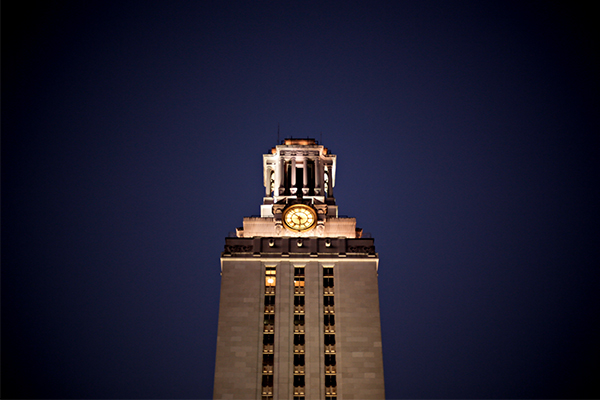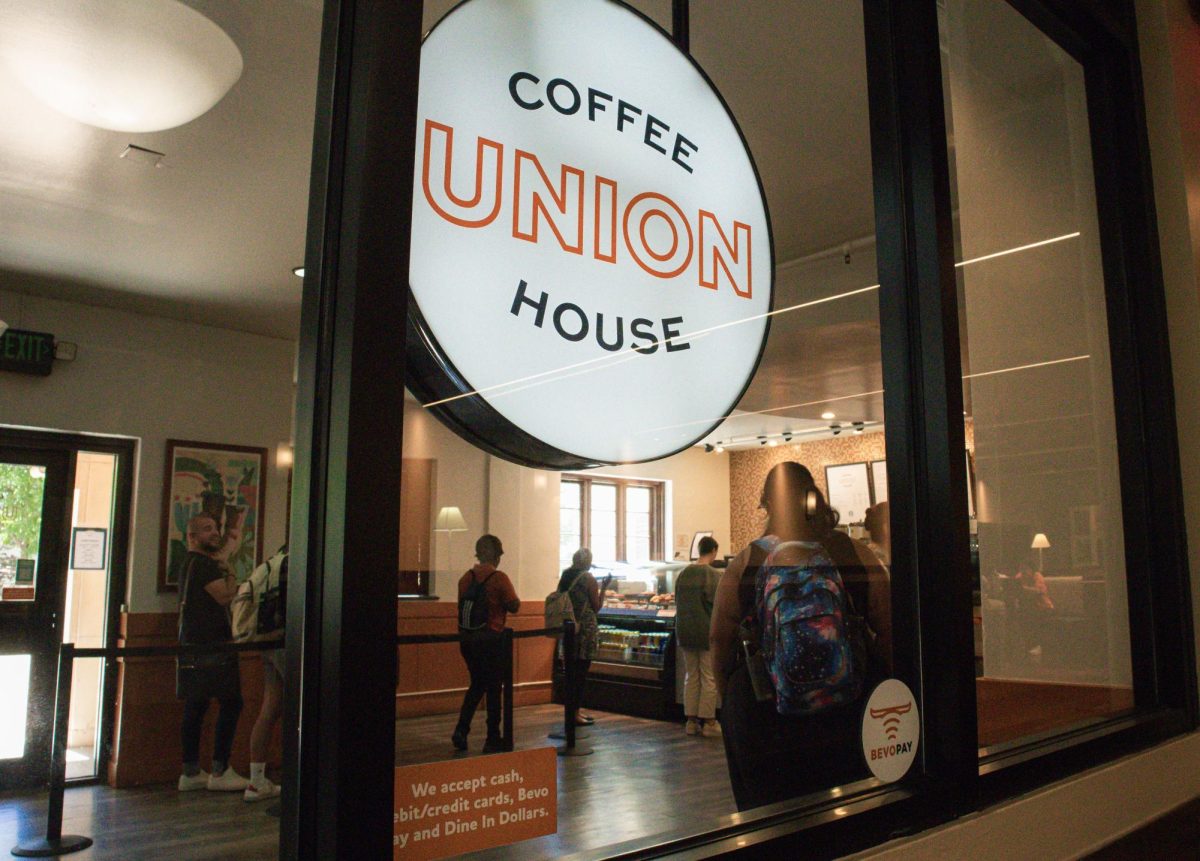For active shootings near UT System schools, the 625 sworn UT System police officers are available to be deployed at the discretion of the UT System and the affected university’s police department.
After UT-Permian Basin went into lockdown following the shooting in Odessa on Aug. 31, 26 officers from every UT System police department were mobilized to aid UT-Permian Basin’s police department. This was the second mass shooting to occur in Texas in the last month, following the shooting in El Paso on Aug. 3, which was six miles from UT-El Paso.
While both shootings were in the same cities as UT System institutions, the UT System did not provide additional support since the situation was isolated and further from campus, said Mike Heidingsfield, director of police for the UT System.
“(The chief of UT-El Paso’s police department) said they had sufficient officers and resources to stand up an additional presence and reassure the community, and they will continue to do that,” Heidingsfield said.
The El Paso shooting did not trigger an official university alert or a lockdown since it was far from campus, said Robert Moss, assistant vice president for environmental health and safety at UT-El Paso.
“It was not in our neighborhood or even remotely close by,” Moss said. “There were no shots heard around the campus at all … so it was not a situation that would have resulted in an alert (to the campus community).”
UT-El Paso economics sophomore Alfonso Ramirez said he thinks it would have been smart for UT-El Paso to send a notification about the shooting, but a lockdown was unneccesary
because it would have caused more panic.
However, the UT System treated UT-Permian Basin as a more hostile situation since the shooter was nearby and mobile, Heidingsfield said.
“At Odessa, you have at least one shooting suspect who’s mobile and a number of (the attempts) were directly across the street … so it makes the threat more mobile, more proximate,” Heidingsfield said.
In these situations, Heidingsfield said he makes the judgement whether or not to mobilize additional officers.
Heidingsfield said the last time the UT System had to mobilize additional forces was with Hurricane Harvey in 2017, where 55 officers were dispatched. Prior to that, Heidingsfield said the stabbing at UT-Austin in 2017 resulted in 35 officers
being dispatched.
How individual institutions deal with active shooter protocols is up to the institution’s discretion, Heidingsfield said.
The UT-Austin Police Department will consider the situation like an active shooting situation if it is within the area of interest in campus, said Hector Luevano, a sergeant for UTPD and a member of the public order division. Then, Luevano said the University will release official communication accordingly.
“Any kind of attack on our student population and faculty, whether that be knife or gun, (with the goal) to harm students will be treated similarly,” Luevano said.
Heidingsfield said active shooter protocol works on the presumption that the active shooter is on campus, which was not the case in Odessa.
“I think the tactics to the extent they were employed by our officers, given the different set of circumstances … worked as they should,” Heidingsfield said.















